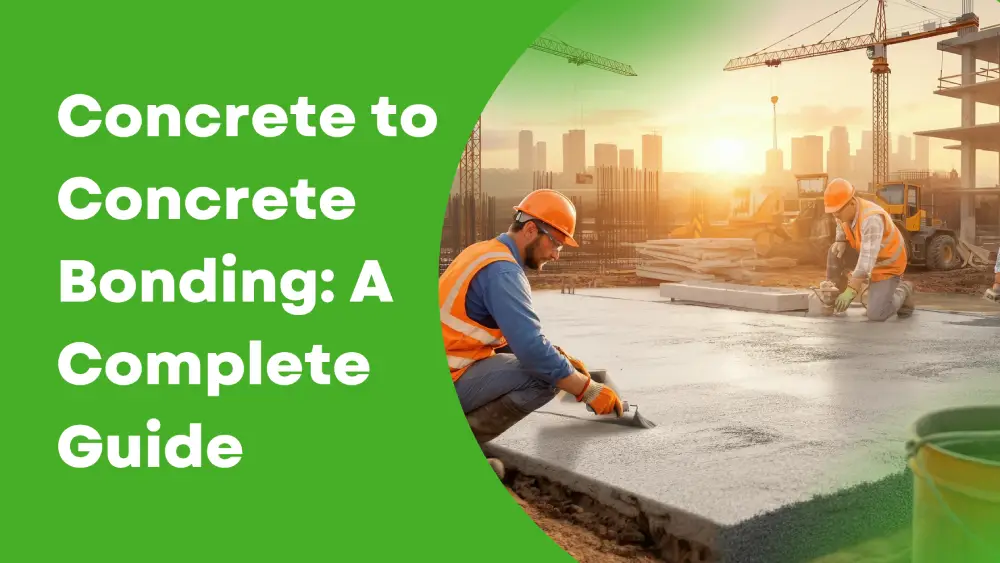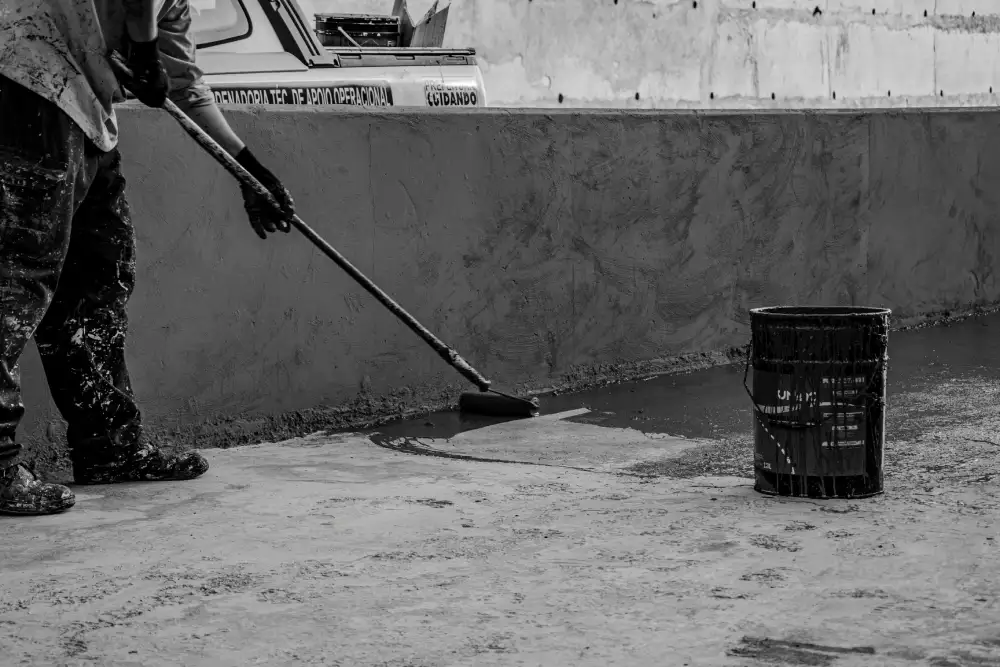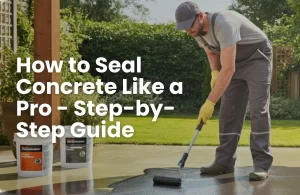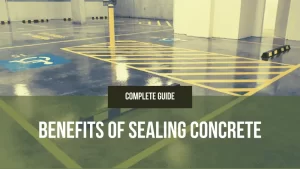

Concrete is one of the most versatile and durable materials in construction. However, when it comes time to repair, extend, or overlay an existing concrete structure, simply layering new concrete over old won’t ensure a strong, lasting bond. This is where proper concrete to concrete bonding comes in—a critical process that can make or break the success of your project.
Whether you’re a construction worker, contractor, or DIY enthusiast, this comprehensive guide will provide you with everything you need to know about bonding new concrete to old.
Why Proper Concrete to Concrete Bonding Is Important
Concrete to concrete bonding is essential for creating a secure and lasting connection between the old and new layers. Without proper bonding, factors like shrinkage, weight, and temperature variations can lead to cracks, separation, or even structural failure. Ensuring a solid bond means your repairs, overlays, or extensions will remain durable and functional for years to come.
Common Scenarios Where Bonding Is Needed
- Repairs: Fixing damaged or deteriorated sections of concrete such as cracks or spalling.
- Overlays: Adding a new layer of concrete to improve surface aesthetics or performance.
- Extensions: Connecting new concrete structures to existing ones, such as adding steps or expanding a driveway.
Understanding Concrete Bonding
Concrete to concrete bonding can be challenging because the porous nature of concrete makes it less adhesive-friendly. When untreated, old surfaces often prevent new layers from achieving optimal cohesion. This is why using the right bonding techniques and materials is vital.
The Role of Concrete Bonding Agents
Bonding agents or adhesives act as a “glue,” ensuring that the new concrete adheres securely to the old. These agents improve tensile strength and reduce the risk of cracking or separation over time.
Mechanical Bonding vs. Concrete Bonding
Concrete bonding can occur in two main ways:
- Mechanical Bonding: Achieved by physically roughening the old concrete to create a textured surface that the new layer can latch onto.
- Chemical Bonding: Utilising bonding agents or admixtures to chemically secure the new concrete to the old.
Step-by-Step Guide to Bonding Concrete


Follow these steps to ensure a reliable concrete to concrete bond.
1. Surface Preparation
Proper surface preparation is key to achieving a high-quality bond.
- Clean the Surface
Remove all dirt, dust, grease, and debris from the old concrete. This can be done using a stiff brush or pressure washer. Any contaminants can prevent the bonding agent or concrete from adhering properly.
- Roughen the Surface
Use a grinder or chisel to roughen the surface of the old concrete. This creates peaks and valleys that help the bonding agent grab onto the surface.
2. Choosing the Right Bonding Agent
Selecting the right bonding agent is crucial for the type of project you’re working on.
- Types of Bonding Agents
Look for adhesives or bonding agents specifically designed for concrete to concrete applications. For example, Bondcrete is a popular choice for its versatility and strength.
- How to Use Bondcrete
Dilute Bondcrete with water to the recommended ratio for your project. Apply it evenly over the prepared surface using a brush or roller.
- Other Options
Consider epoxy-based adhesives or polymer-modified fillers for specific use cases like structural repairs.
3. Application Process
Once the surface is prepared and the bonding agent is applied, follow these techniques for concreting over the old layer.
- Mixing and Applying Adhesives
Ensure you’re using a properly mixed bonding agent. Follow the manufacturer’s instructions for mixing ratios and application methods.
- Laying New Concrete
Immediately pour the new concrete onto the treated surface while the bonding agent is still tacky. Using wet-on-wet application ensures maximum adhesion.
- Curing the Concrete
Curing is critical to the success of your bond. Cover the finished surface with a curing blanket or plastic sheet for at least 24-48 hours to maintain moisture and temperature consistency.
Common Mistakes to Avoid
- Using the Wrong Adhesive
Not all adhesives are made equal—ensure you use a bonding agent specifically designed for concrete to concrete bonding.
- Skipping Surface Preparation
Skipping cleaning or roughening steps leads to poor adhesion and weak bonds.
- Not Following Curing Times
Rushing the curing process can result in weak or incomplete bonds, reducing the durability of your project.
FAQs About Concrete Sealing
Dilute Bondcrete as per the manufacturer’s instructions, apply it to the prepared surface, and pour the new concrete while the Bondcrete layer is still tacky.
Polymer-based adhesives or epoxy-based bonding agents are considered the most effective for concrete to concrete applications.
Yes, but it requires proper surface preparation, the right bonding agent, and careful curing to ensure lasting results.
Final Tips for Long-Lasting Concrete Bonding
- Always prepare your surface adequately—clean, remove contaminants, and roughen as needed.
- Invest in high-quality bonding agents for maximum strength.
- Follow curing practices meticulously to allow time for a full bond to form.
For construction workers, contractors, or DIY enthusiasts, mastering concrete to concrete bonding is a skill that will elevate the quality and durability of your projects. Apply these best practices, and you’ll tackle your next repair, overlay, or extension with confidence and precision.
Related Blog Posts



